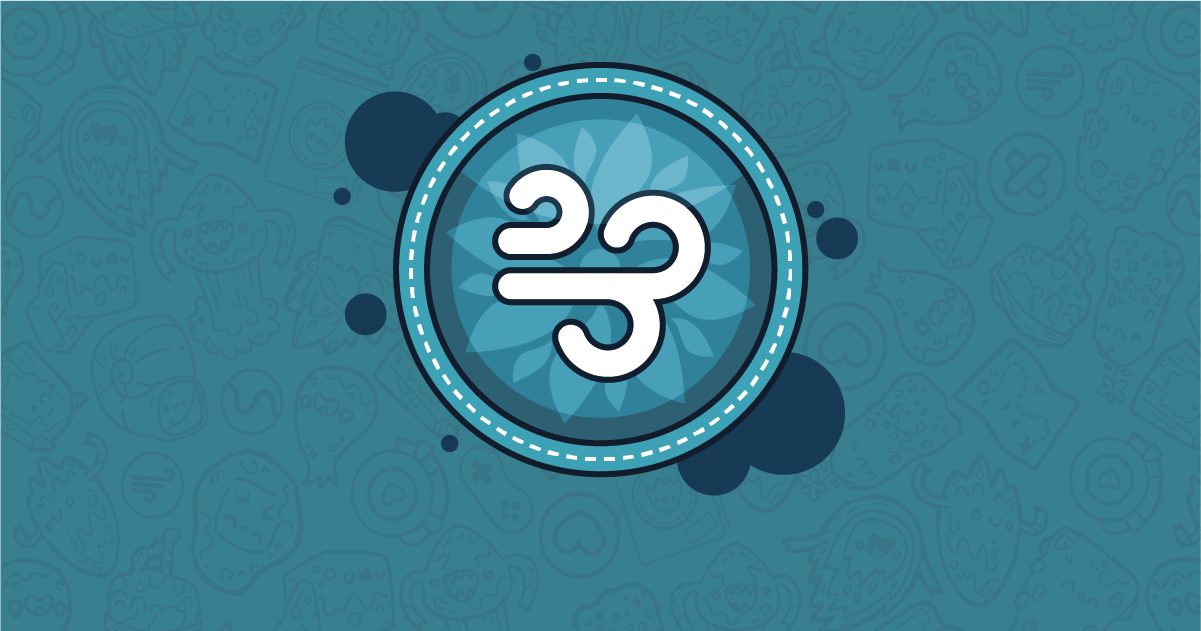
As a social worker, I work with countless kids and adults who are all unique in their needs. Some struggle with anxiety, while others have difficulty focusing. Some have low self-esteem and others are working to process a traumatic event. No matter the reason someone has reached out to me, they all tend to have one thing in common- they have big feelings.
While working at a school, I was in a meeting talking about a student who was having a difficult time in his classroom. He was hurting other kids and struggling to get through the day without being sent to the office. While we were planning the next steps for how to help him, one of my co-workers said, “he is someone who is blessed with big feelings.”
I have never forgotten that statement. It is a wonderful, strengths-based way to think about a child’s behavior. It looks at the entire range of emotions that humans experience, not just the popular idea that having big feelings is bad.
Feelings like anger, sadness, and worry are often the feelings that get the most attention. This is because they are the loudest and most noticeable feelings. They also tend to result in things like parents getting calls home from school. While it is true that big feelings can make things difficult, they also can help people to experience feelings like joy and excitement more strongly.
If your child is “blessed with big feelings,” then you know that it is not just the more difficult feelings that feel heightened, but also the positive ones. I am absolutely someone who feels things deeply. While this means that my worry and sadness can be harder to manage, I know that my feelings of joy and excitement are just as large. From crying happy tears at a cute commercial on TV to feelings of pride at a sibling’s graduation ceremony, I feel lucky that I can experience life so emotionally.
“While it is true that big feelings can make things difficult, they also can help people to experience feelings like joy and excitement more strongly.”
When kids and parents feel overwhelmed by the amount of negative feelings or behaviors coming up, I encourage them to amplify the more positive emotions by looking to times where these big feelings have served them. I challenge kids to find a scenario where they have felt a lot of joy or excitement. I ask parents to look for times where their child seemed overwhelmingly caring or helpful towards others.
Bringing attention to these feelings can balance the perception that all big feelings are negative. It helps to eliminate any shame that kids can feel about their big feelings. It also allows space to appreciate the joy and positivity that their big emotions bring. The more often we identify a child’s positive big feelings, the more they understand how these make them wonderful in every way.


















